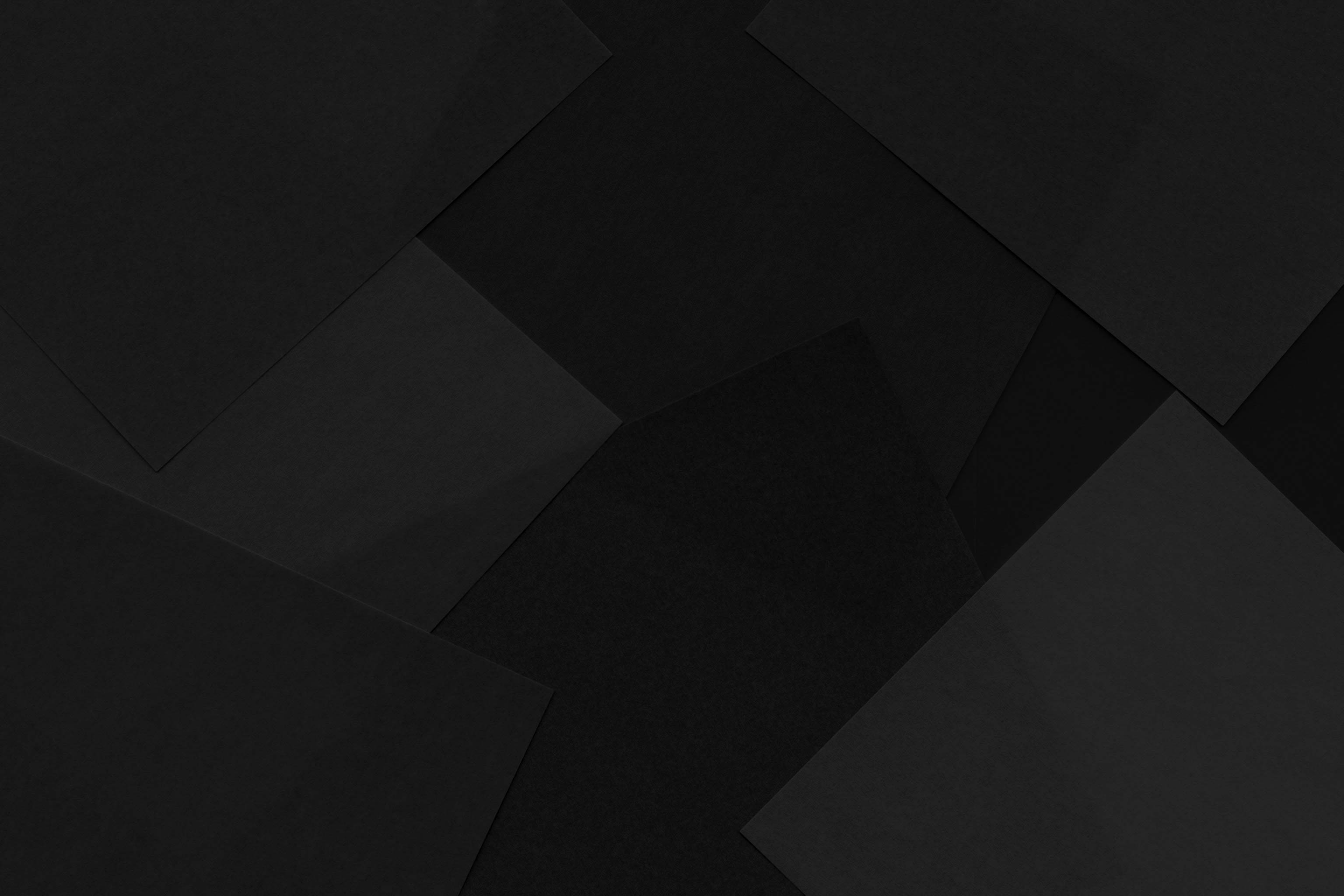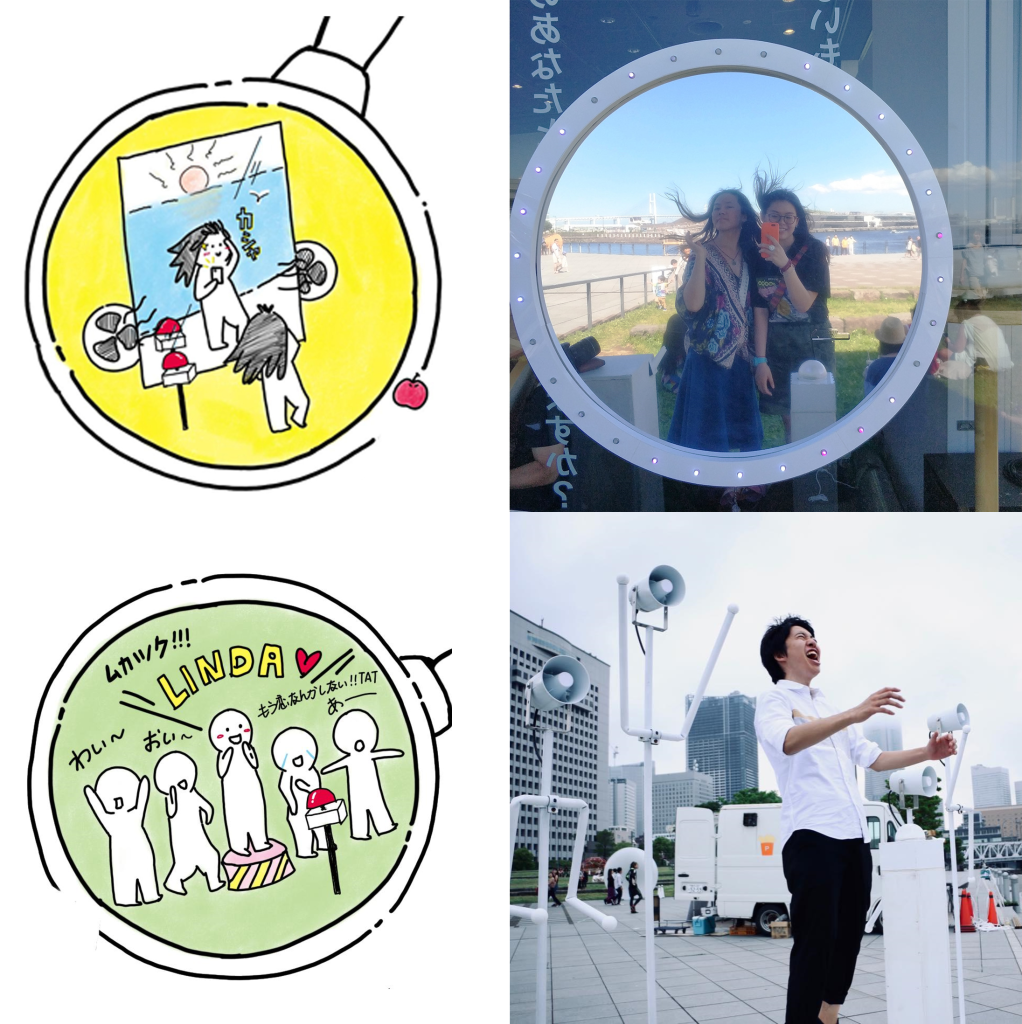
From here on, you will be linked to Nomura Co., Ltd. 's partner page. You can apply from the list of available positions at the link. (Please note that CIC may not always be recruiting.)

CIC NOTE
A new trend in my life: understated yet increasingly sophisticated digital spatial design
Until now, digital presentations have required a large scale and visual impact. However, recently there has been a trend not only to pursue the size of the screen, but also to focus on the installation of the equipment itself, and to emphasize modest yet delicate design in both hardware and software. In the work I am involved in, I have been receiving more and more requests for "digital experiences that bring out the appeal of greenery placed in the space" and "presentations that reduce the presence of inorganic equipment in historical spaces."
Along with this, there is a demand for a production that blends more into the space, rather than pushing out high-performance equipment and flashy digital content as in the past. Therefore, I think of digital spatial production as an everyday experience, and I feel that "rationality" is emphasized in the production itself.
We consider the rationality of digital spatial design from the following two perspectives, which we always keep in mind when designing experiences.
In the field of spatial design, we often hear comments such as "they use the space and the equipment well." This is a sign of "rationality" that everyone can agree on.
Site-specificity is a technique in which the works on display are closely related to the location, creating a unique experience that is tailored to the characteristics of the place and space.

"Being fanned by the sea breeze" and "Shouting to the sea" - an installation that lets you experience situations unique to the seaside
Keio University Graduate School of Media Design Unexpected City Project: Or a button that leads to the possibility of another world that could have happened at that time,
"Futurescape Project", Zo-no-hana Terrace, (2019.6)
By adopting this method, the space and the digital effects can mutually influence each other, creating a natural harmony. It is possible to achieve a performance that is "not overly emphasized" and "natural" in line with the characteristics of the space.
"IoB (Internet of Behaviors)" is an approach that uses human behavioral and habit data to provide more personalized experiences.

"Immersive Motion" - Achievements that incorporate IoB techniques into spatial design
Environmental IoT also allows the movement and changes of the natural environment (wind flow, water flow, temperature, etc.) to be acquired as digital data in real time and used in the production. For example, works such as David Bowen's "TELE-PRESENT WIND" and Jiayu Liu's "The Riverside" break down the movement of nature into data, reproduce its beauty with technological specifications, and allow the viewer to feel it. This artistic approach of IoB/Environmental IoT creates new connections between people and spaces, breathing life into digital productions. I believe that this will evolve the spatial experience from something that is simply "seen" to something that is "felt," and will be one answer to incorporating digital productions into everyday life.